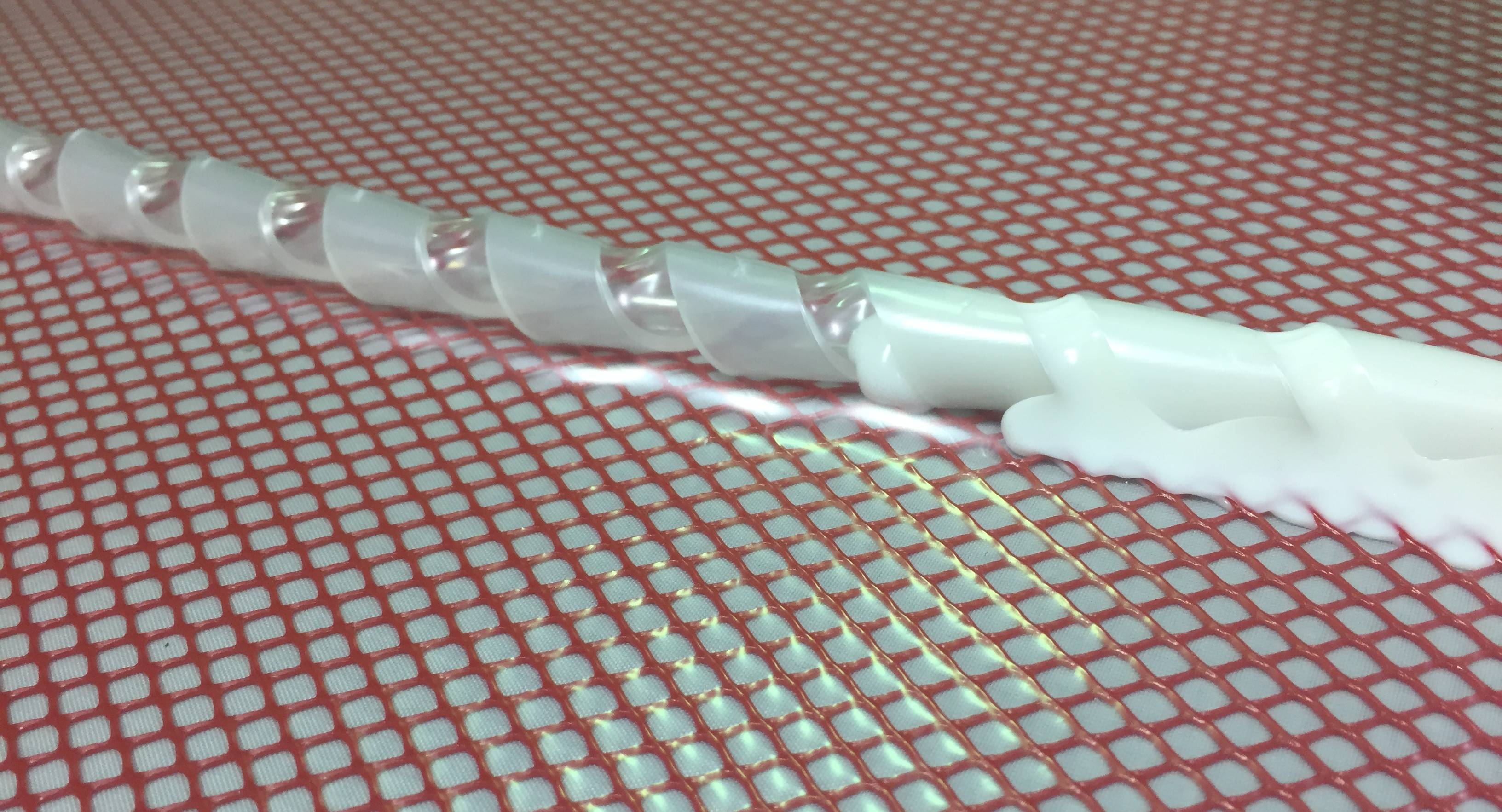Reinforced Bio-Based Polyurethane Nano-Composites
Goal
To develop bio-based composite material that could be used instead of traditional composites (Polyester and Vinyl ester composites
Motivation
Lack of environmentally friendly composite material with comparative properties to traditional composties
About
Composite materials surround us everywhere in our daily life. Many products on the market contain composite materials or structures, including plywood, golf clubs, canoes and coated kitchen knives. While “composite” is very broad and refers to combination of two or more materials at macroscopic level, in this instance, composite refers to fiber reinforced plastic (FRP) or polymer matrix composite (PMC). Reinforcement is typically fibers and the matrix is a thermoset resin. Polymer matrix is most commonly referred as resin. About 90 percent of these composites use fiberglass for reinforcement and either polyester or vinyl ester as a matrix; 65 percent of composites are manufactured using open molding technique, while remaining 35 percent use closed molding. In open molding, the materials are exposed to the atmosphere during the fabrication, while in closed molding they are closed in two-sided mold or in a vacuum bag.
The method used in this research, Vacuum-Assisted Resin Transfer Molding (VARTM) is a closed molding process and uses vacuum pressure to infuse resin into fibers. This method can reduce styrene emission to open air. Styrene is a volatile organic compound (VOC) and its emission is restricted as per EPA regulations in composites industry.
Most of the resins used for composites are petroleum based. However, some of them can be replaced by environmentally friendly materials, such as soy-based polyurethane. In general, such natural materials have inferior properties compared to traditional petroleum-based materials. Nanoparticles are materials in the purest form that have exceptional fundamental properties. Their high surface-area-to-volume ratio, especially of nanotubes, makes them perfect reinforcement material. Addition of proper nanoparticles in polymer matrix can enhance overall mechanical properties of PMCs.
Researchers have used different nanoparticles such as nanoclays, predispersed nanosilica, nanoalumina, multi-wall carbon nanotubes (MWCNT), carbon nanofibers (CNF), nano SiC particles, nanoclay, and HNT™ (Halloysite Nanotubes) in liquid thermoset resins to enhance mechanical/thermal properties. Some of these nanoparticles such as MWCNT and CNF are expensive and their use in large scale composites production is limited. Nanoclays are cheap but their dispersion in liquid thermoset resins is a challenge. Typical methods used for nanoclays are high shear mixing and sonication. Implementation of such methods on large scale is expensive and adds processing cost. HNT is naturally available material and cheap. It can be dispersed uniformly using simple centrifugal mixing. Researchers have shown remarkable improvement in mechanical performance by addition of HNT in composites.
The composites industry is very large, a $25 billion-a-year business. The United States maintains a leading position in the world in composites manufacturing and research. Biobased nanocomposites are the future of this industry; and therefore this topic should get attention not only of professionals but also of general public.
Publications
- Jitendra S. Tate, Adekunle T. Akinola, and Dmitri Kabakov, “Biobased Nanocomposites: An Alternative to Traditional Composites”, Journal of Technology Studies, Volume XXXV, No. 1, Fall 2009, p25-32.
- J. S. Tate, S. Gaikwad, C. Jacobs, E. Trevino, and A. Herrera, “Comparison of mechanical performance of Halloysite nanotubes modified polyurethane glass composites using aliphatic and aromatic isocynates”, International SAMPE Technical Conference (ISTC 2011), Forth Worth, TX, USA, Oct 17-21, 2011. ID#1724.
- J. S. Tate, A. T. Akinola, P. Patel and J. Massingill, “Nano-modified soy-based polyurethane/E-glass composites – mechanical and thermal properties”, International SAMPE Symposium and Exhibition (ISSE 2009),Baltimore, MD, USA, May 18-21, 2009, ID# B106.
